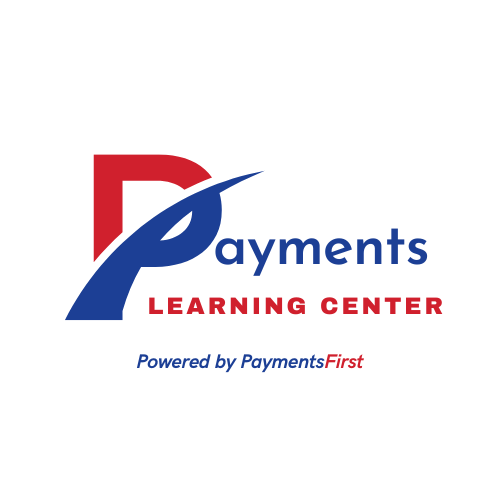
The Automated Clearing House (ACH) Network is an electronic payments network used by individuals, businesses, financial institutions, and government organizations. The Network functions as an efficient, electronic alternative to paper checks. It allows funds to be electronically debited or credited to a checking account, savings account, financial institution general ledger account, or credited to a loan account.
The National Automated Clearing House Association (Nacha) was formed in 1974 to coordinate the ACH movement nationwide and establish uniform rules and standard formats. Through the joint efforts of Nacha and the Federal Reserve System, local ACHs were linked electronically on a nationwide basis in 1978. The main benefits associated with the use of the ACH Network are cost reduction and improved productivity over paper check transactions.
Does your business accept payments through its website? Do clients pay by check, card, or wire transfer? The ACH Network provides a secure and efficient way to accept and send payments within the United States and to other countries.
Nacha develops and administers the private sector Nacha Operating Rules for ACH payments, which define the roles and responsibilities of ACH Network participants.
This website is designed to help you and your business to understand and comply with the requirements of the Nacha Operating Rules and Guidelines. We have prepared areas of this website to address specific requirements with the Rules. To help you navigate and find the answers to your questions about ACH origination use the links below. This website should be considered as a tool to be used in addition to your access and full understanding of the Nacha Operating Rules and Guidelines that are published by Nacha annually. You can order a copy of the current version of the Nacha Operating Rules here.
© This website and available documents created and provided by PaymentsFirst and the Payments Learning Center, all rights reserved. Disclaimer — Information within these sources are provided without any warranty, express or implied, as to their legal effect and completeness and are not a substitute for legal advice.

